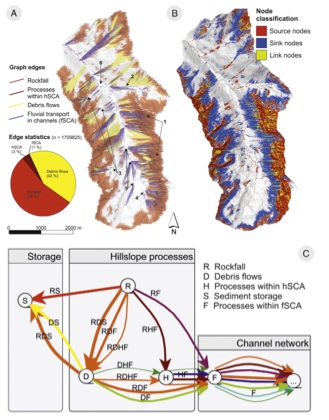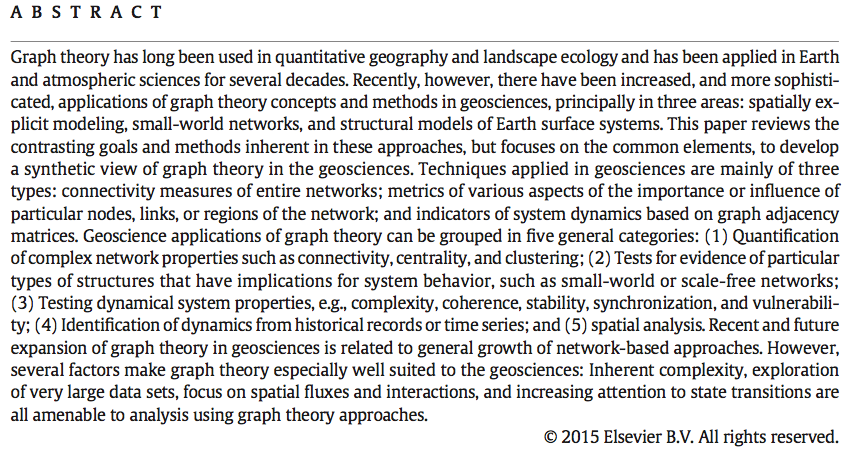Romantic Geomorphology
In common parlance, romantic typically refers to the pursuit of love and affection, or to an idealistic, unrealistic outlook. The definitions of romantic as idealistic often includes synonyms such as dreamy, starry-eyed, impractical, and Quixotic, and may list realistic as an antonym. However, Romanticism (typically indicated with the capital R to distinguish it from other usages) as a movement of the late 18th and early 19th century applied to science as well as to art and literature. Lately I’ve stumbled across a few things that made me want to play with the idea of what a Romantic geomorphologist would be like.






